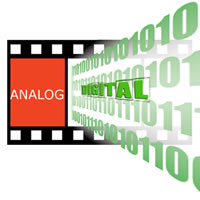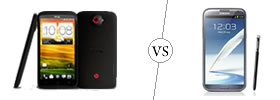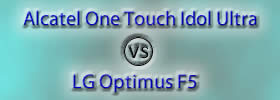Difference between Analog and Digital
Key difference: Analog is a linear transmission of signal. In the digital form of transmission, the signal is converted into binary code (0s and 1s) before transmission.

Analog and digital are two kinds of processes used for the transmission of electric signals, usually audio or video. Analog is a linear transmission of signal, in which the amplitude varies. In digital, the data is converted into binary code (0s and 1s) before transmission. The translation of data has two distinct amplitudes represent each bit.
Analog has been used for decades and is cheaper as compared to digital. VCRs, tape players, and record players are all types of analog devices. They record data in a linear format, i.e. from one point to another. The devices read the media by scanning the physical data off the media. However, the disadvantage of analog signals is that they have a limitation on the size of the data that can be transmitted at any given point of time. Also, they are prone to signal distortion due to unwanted noise.
All natural signals, such as human speech are considered to be analog signals. Therefore, all analog signals must be converted into digital for work on a computer. Computers are digital devices, and hence, perform all calculations using the binary system of 1s and 0s. All digital technology uses the binary system.
Digital media is non-linear in nature, which means it can be edited or played back from any point. This is one of the major advantages that digital has over analog. Also, digital is longer lasting than analog, as it does not wear out over time.

Also, digital media tends to have better quality over analog as it can compress more data in lesser space. CDs have the sampling rate of 44,000 samples per second. This means that there are 44,000 numbers stored per second of music. The term, "sampling rate" or "bit rate," refer to how many times per second the digital signal is sampled. However, a disadvantage is that it is prone to losing quality due to the translation of data. Still, the advantages outweigh the disadvantages. For a more detailed comparison see below:
|
|
Analog |
Digital |
|
Description |
Linear transmission of signal. |
Signal is converted into binary code (0s and 1s) before transmission. |
|
Used for |
Sound, light, temperature, position, or pressure. |
Computing and electronics |
|
Representation |
Uses continuous range of values to represent information. |
Uses discrete or discontinuous values to represent information. |
|
Advantages |
Potential for an infinite amount of signal resolution, higher density, simpler technology, cheaper. |
Easier manipulation, error detection and error correction, improved quality of sound, create effects, does not wear out over time. |
|
Disadvantages |
Might include unwanted sound or noise, signal loss, distortion due to noise, limitation on transmitted data size, wears out over time. |
Expensive, prone to loss of quality in translation of data. |
|
Wave denotation |
Sine waves |
Square waves |
Image Courtesy: burnworld.com, speckygeek.com









Comments
awsome thank u guys .........
Kartik
Thu, 07/24/2014 - 18:27
Add new comment